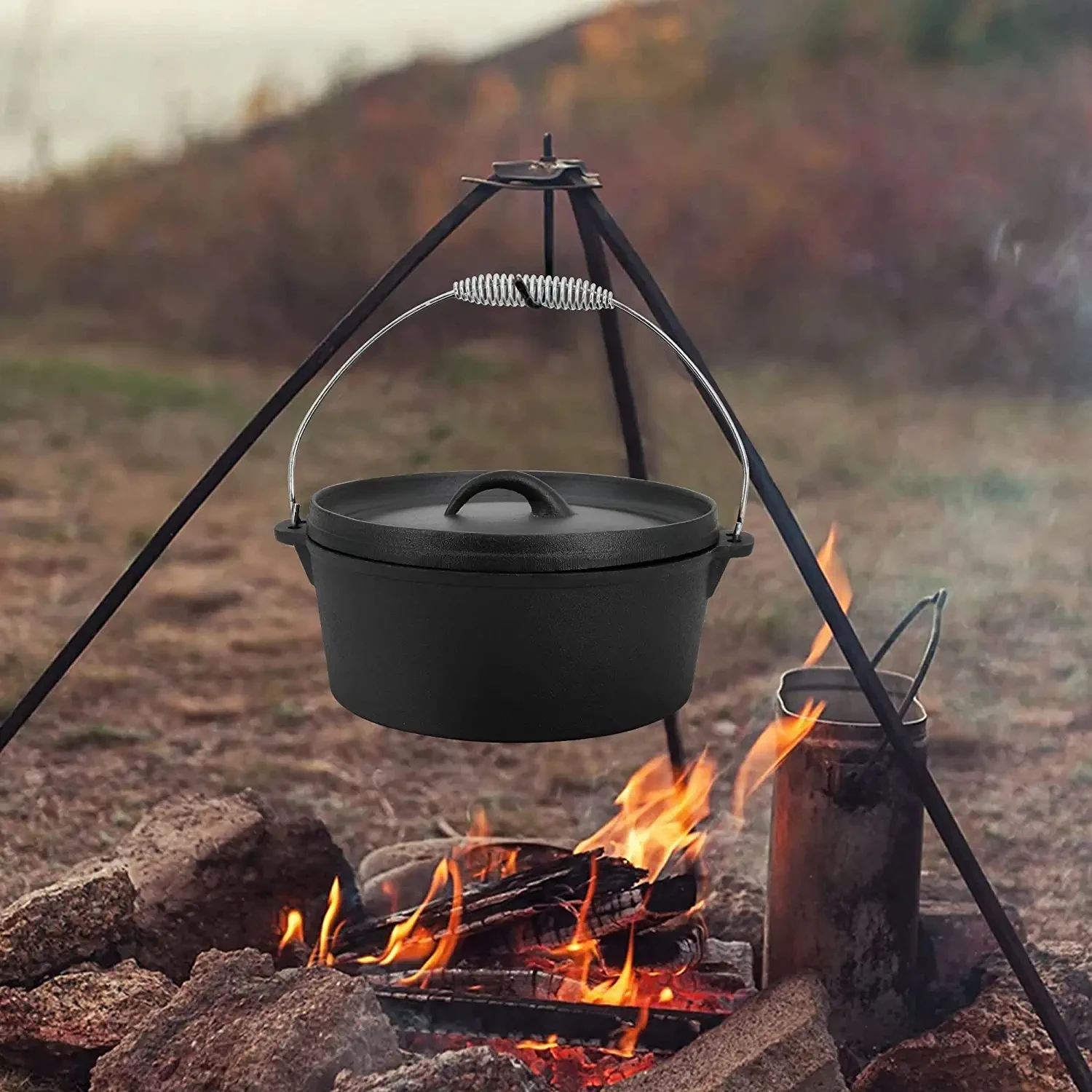
How to Cook the Ultimate Fried Egg in Cast Iron Skillet
The Art of Cooking a Perfect Fried Egg in Cast Iron
Cooking the perfect fried egg is a quintessential skill every home chef should master. While there are countless methods and pans available, using a cast iron skillet elevates this simple dish to another level. Cast iron not only distributes heat evenly but also lends itself to a beautiful crust, crucial for creating that ideal fried egg. Here’s a guide to achieving a flawless fried egg in cast iron.
The Importance of Seasoning
Before diving into the cooking process, it’s important to ensure that your cast iron skillet is well-seasoned. A seasoned skillet has a natural non-stick surface that allows the egg to glide effortlessly when it’s time to flip or serve. If you're new to cast iron cooking, start by cleaning the skillet thoroughly and applying a thin layer of vegetable oil or flaxseed oil. Preheat the skillet in the oven at a low temperature (around 350°F or 175°C) for about an hour to let the oil fully permeate the iron. Over time, as you continue to cook with it, the seasoning will develop a beautiful, almost impervious coating.
Prepping Your Skillet
Once your cast iron skillet is seasoned and ready to use, it’s essential to heat it properly for frying an egg. Set the burner to medium heat. Allow the skillet to warm up for a few minutes before adding any fat. A common mistake is rushing this process; a hot skillet ensures a perfectly fried egg rather than a rubbery disappointment.
Next, introduce fat to the skillet. Butter is a classic choice and offers a rich flavor. You might also use olive oil or bacon grease for a different twist. About a tablespoon should suffice. Once the fat has melted and begins to bubble (but not burn), you’re ready to add the egg.
Cracking the Egg
perfect fried egg cast iron

Cracking an egg into your skillet can be a simple task, but it requires a bit of finesse to ensure there are no shells in your pan. Hold the egg in one hand and tap it firmly against the edge of the skillet. This method often leads to a clean crack, allowing you to gently let the egg slide into the pan without breaking the yolk.
Cooking to Perfection
Once the egg is in the skillet, lower the heat to medium-low. This allows the egg white to cook gently and evenly, preventing any tough, rubbery texture. As the egg cooks, you’ll notice the whites begin to set. If you prefer a sunny-side-up egg, you can let it cook undisturbed until the white is fully set and the yolk remains runny. For those who enjoy their yolk slightly cooked, cover the skillet with a lid for a minute or two. This traps steam and helps cook the top of the egg without flipping.
Flipping your egg can be tricky. If you desire a perfectly over-easy egg, use a spatula to gently lift the edges of the egg, allowing the whites to cook without breaking the yolk. When you feel confident, flip it with a quick motion. Cook for an additional 30 seconds if you like a firmer yolk.
Serving Suggestions
Once your egg reaches the desired doneness, remove it from the skillet with a spatula and place it on a plate. The beauty of a cast iron fried egg lies in its presentation. Think of serving it atop a bed of sautéed spinach, on top of avocado toast, or alongside crispy bacon for a hearty breakfast.
Conclusion
Cooking the perfect fried egg in a cast iron skillet is both an art and a science. With the right technique, careful attention to heat, and understanding of your skillet, you can create an egg that is not only delicious but also a testament to the joys of cooking with cast iron. So, grab your skillet, follow these steps, and indulge in the satisfying experience of enjoying a perfect fried egg. Happy cooking!
-
Season Cast Iron Perfectly with GPT-4 Turbo TipsNewsAug.01,2025
-
High Quality Cast Iron Cookware - Baixiang County Zhongda MachineryNewsAug.01,2025
-
Premium Cast Iron Pan: Durable & Perfect HeatNewsAug.01,2025
-
High Quality Kitchen Durable Black Round Cast Iron Cookware Pancake Crepe Pan-Baixiang County Zhongda Machinery Manufacturing Co., Ltd.NewsAug.01,2025
-
Cast Iron Cookware - Baixiang County Zhongda Machinery | Nonstick, Heat ResistanceNewsAug.01,2025
-
High Quality Kitchen Durable Black Round Cast Iron Cookware - Baixiang County Zhongda Machinery | Non-Stick, Heat Retention, DurableNewsJul.31,2025


